Military technology refers to the tools equipment and systems that are designed and used by military forces to achieve their objectives. It encompasses a wide range of technologies from weapons systems and platforms to communication and command systems.
Military technology has played a critical role in shaping the outcome of wars and conflicts throughout history and it continues to evolve rapidly as new technologies emerge. The development of military technology has been driven by the need for military forces to be better equipped better protected and more effective in combat.
Advances in military technology have allowed for the development of more powerful and accurate weapons faster and more agile vehicles and more sophisticated communication and surveillance systems. As technology continues to advance military forces will continue to look for new and innovative ways to leverage these advancements to gain a strategic advantage over their adversaries.
Key Takeaways
- Military technology has played a critical role in shaping the outcome of wars and conflicts throughout history.
- Advances in military technology have led to more powerful and accurate weapons faster vehicles and more sophisticated communication and surveillance systems.
- Military vehicles and transportation including unmanned aerial vehicles have revolutionized modern warfare and made it more effective.
- Continued investment in research and development is necessary to keep up with emerging threats and enhance the military’s capabilities.
Weapons Systems and Platforms
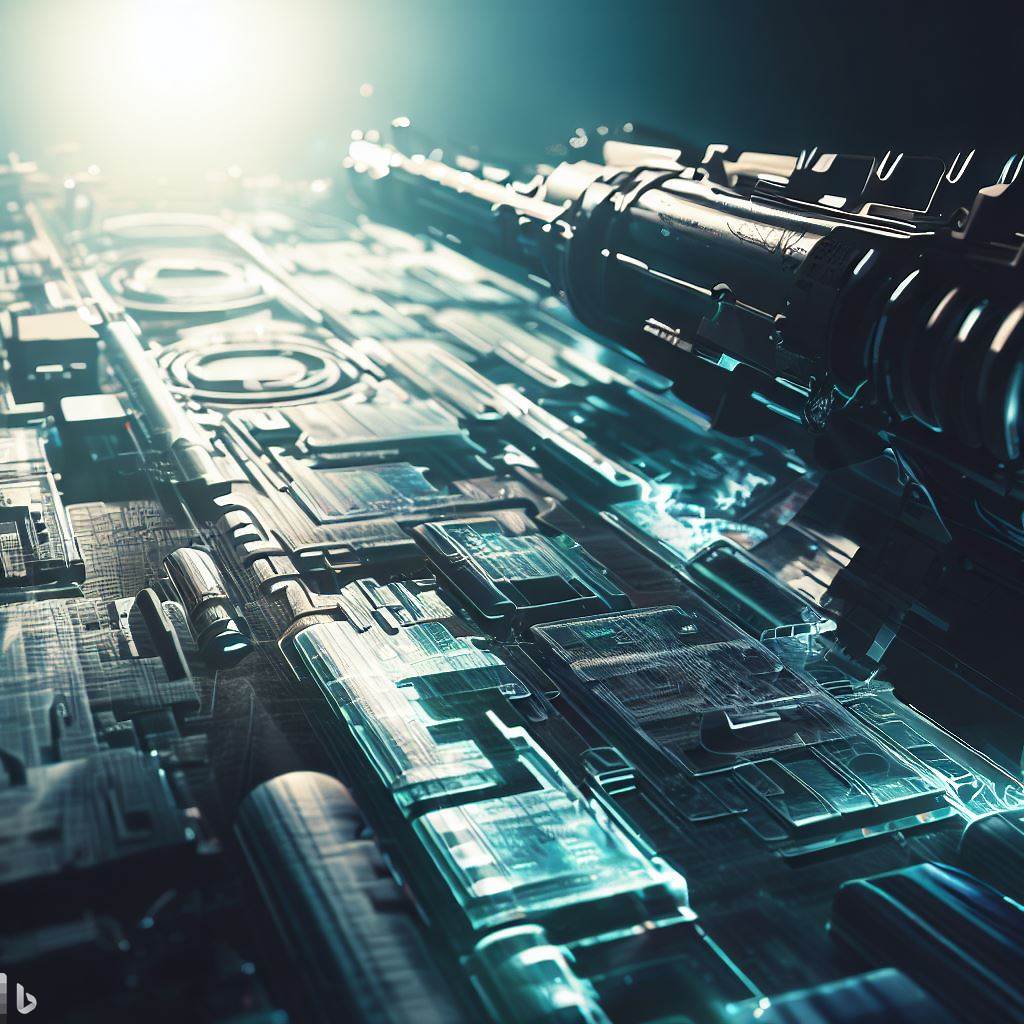
Weapons systems and platforms are critical components of modern military technology providing the means to project force and defend against threats. These systems and platforms have evolved significantly over the years from basic weapons such as swords and bows to complex missile defense systems and unmanned aerial vehicles.
The development of weapons systems and platforms has been driven by the need to gain an advantage over adversaries and protect national interests. The advancements in weapons systems and platforms have led to increased accuracy range and lethality.
For instance the use of precision-guided munitions has significantly improved the accuracy of weapons systems reducing collateral damage and increasing the effectiveness of military operations. Similarly the development of stealth technology has enabled the creation of platforms such as the F-35 fighter jet which can operate undetected in enemy airspace.
With the continued investment in research and development it is likely that weapons systems and platforms will continue to evolve providing the military with greater capabilities to defend against emerging threats.
Military Vehicles and Transportation
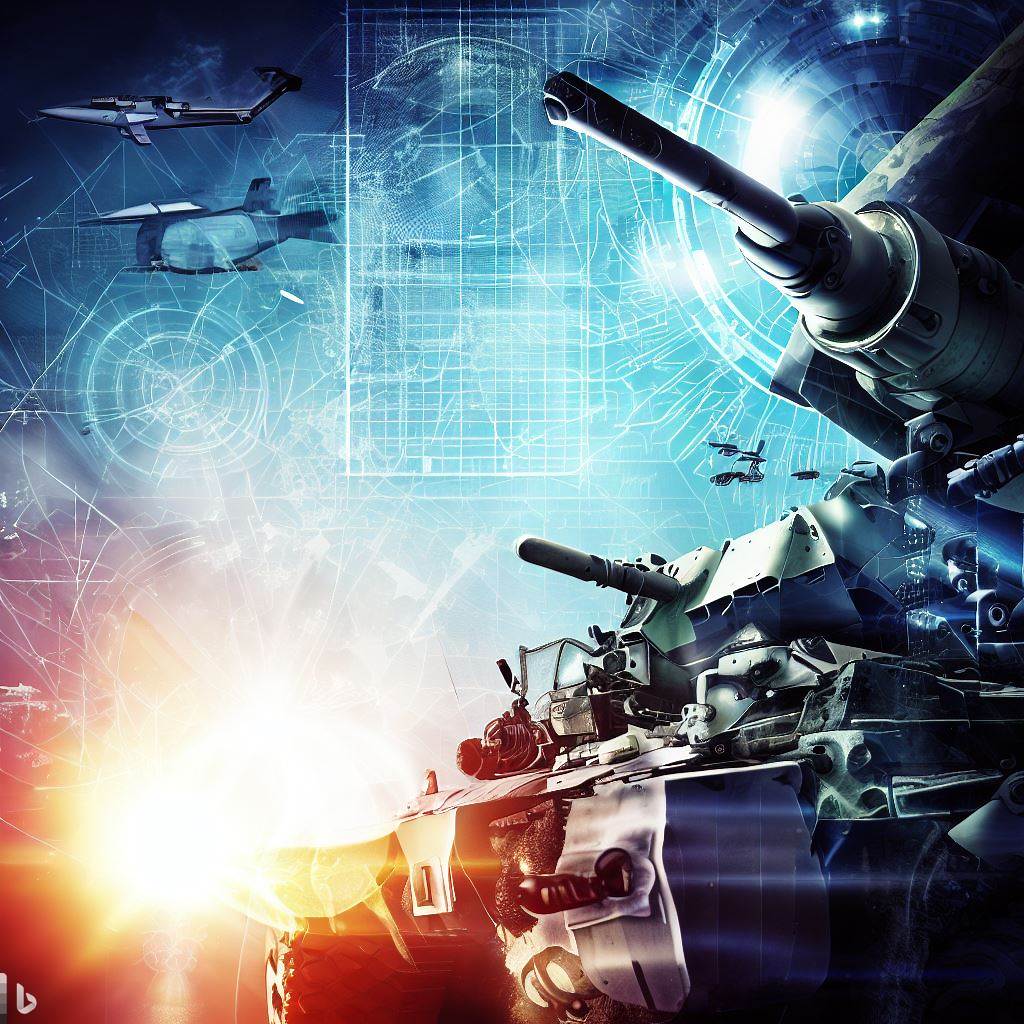
Efficient and reliable transportation plays a crucial role in the success of military operations allowing troops and supplies to be deployed quickly and effectively.
Military vehicles and transportation have undergone significant developments in recent years with advancements in technology and design contributing to more agile versatile and durable vehicles. These vehicles are designed to operate in a variety of terrains and weather conditions from deserts and mountains to oceans and forests.
Military transportation includes a wide range of vehicles such as armored personnel carriers tanks trucks helicopters and airplanes. These vehicles are equipped with the latest communication and navigation systems as well as weapons and defensive technologies.
Military transportation also includes logistics and supply chain management ensuring that troops have the necessary equipment and resources to complete their mission. In addition military transportation plays a critical role in humanitarian aid and disaster relief efforts providing assistance to victims of natural disasters or conflicts.
Overall military vehicles and transportation are essential components of modern warfare enabling troops to move quickly and efficiently to achieve their objectives.
Aircraft and Aerial Warfare
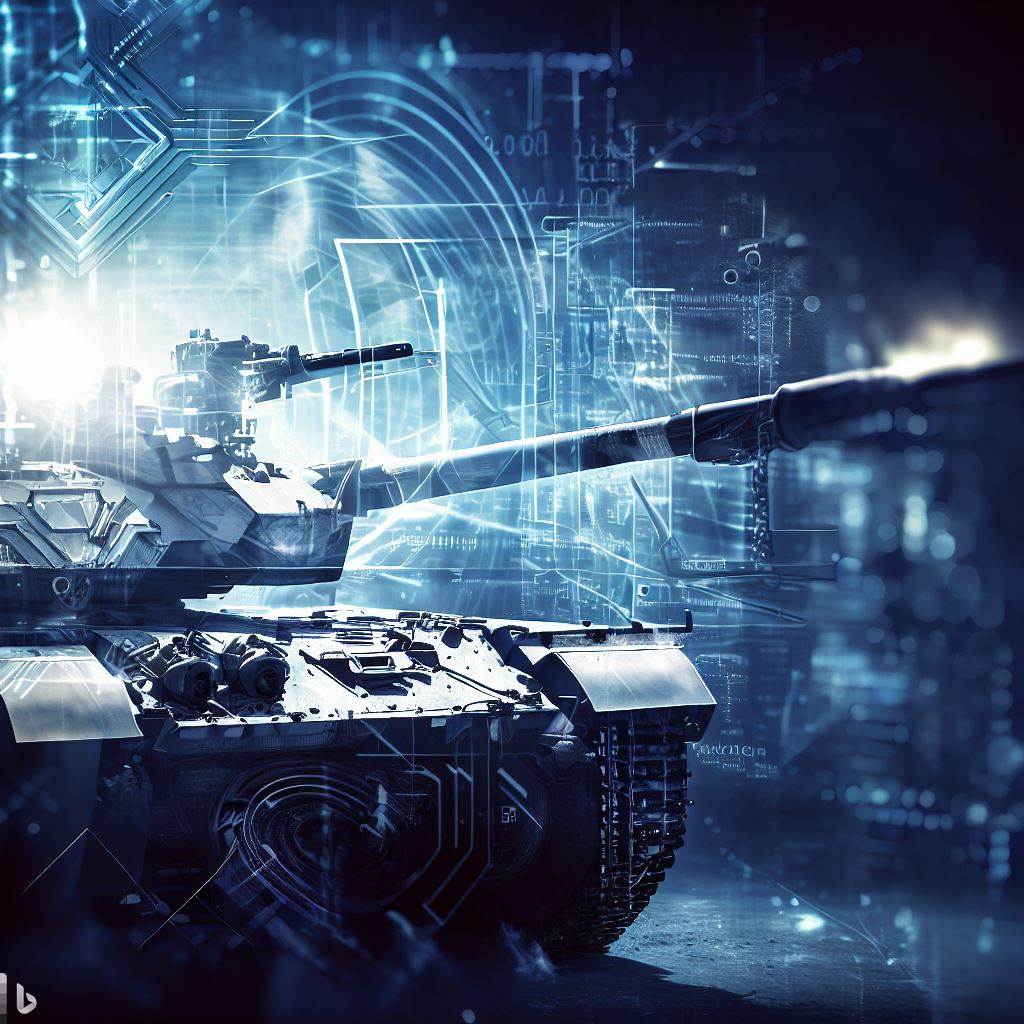
Unmanned aerial vehicles have revolutionized modern warfare providing the military with a versatile and effective tool for surveillance reconnaissance and targeted strikes. Drones have become a crucial component of military technology and their use has increased significantly in recent years.
Drones come in different shapes and sizes and their capabilities vary depending on their design and purpose. For instance small drones can be used for reconnaissance and surveillance while larger drones equipped with missiles can carry out targeted strikes.
The use of drones has significantly reduced the number of casualties in military operations particularly in situations where it would be too risky to send human pilots. Drones can operate in hostile environments and their ability to fly at high altitudes and cover large distances makes them ideal for surveillance and reconnaissance missions.
However the use of drones has been criticized for its potential to cause civilian casualties and violate international law. Despite these concerns the use of drones is likely to continue to grow and advancements in technology will make them even more effective in modern warfare.
Naval Warfare and Vessels
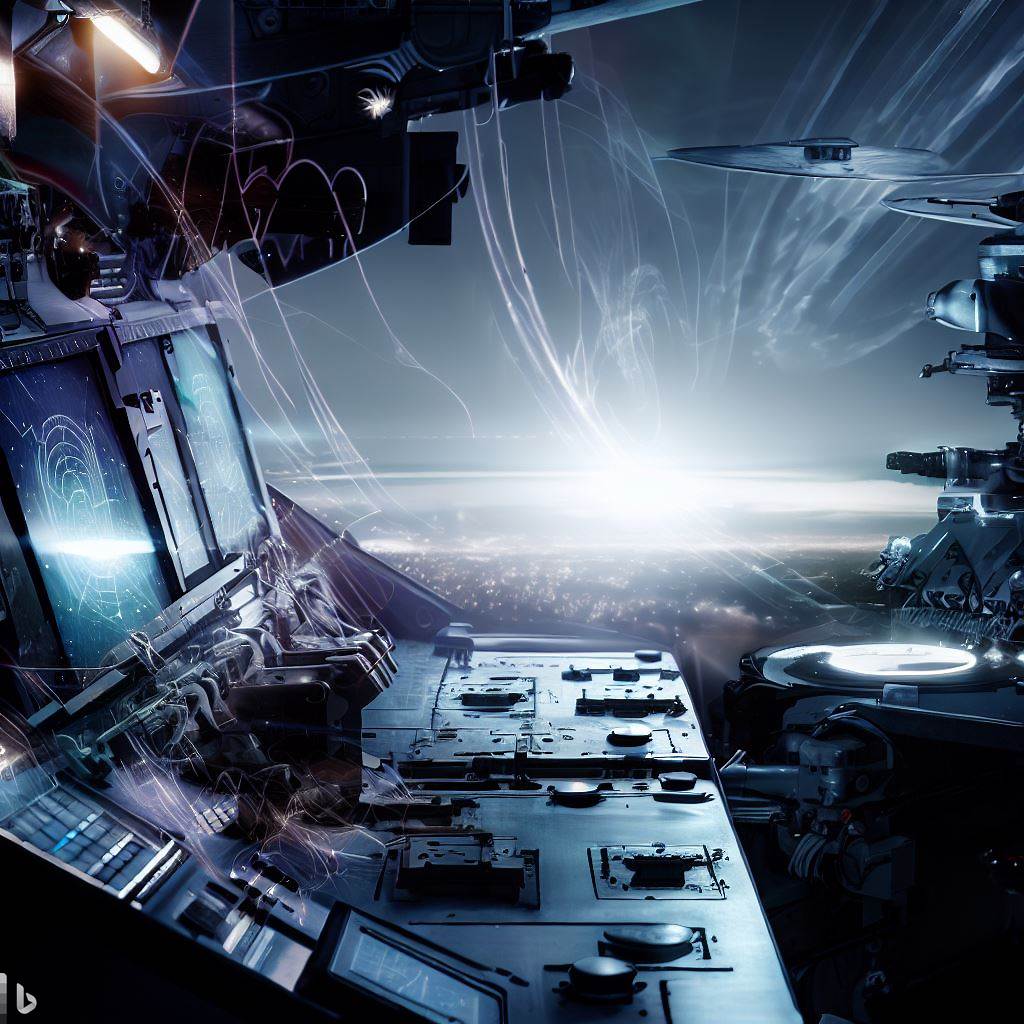
Naval warfare has undergone significant changes over the centuries with advancements in ship design propulsion systems and weaponry dramatically altering the nature of naval combat. Today’s naval vessels are equipped with state-of-the-art technology making them some of the most powerful machines on earth.
Here are three examples of the cutting-edge features that make modern naval vessels so formidable:
- Stealth technology: Many modern naval vessels are equipped with stealth technology that makes them nearly invisible to radar and other detection systems. This allows them to approach enemy vessels undetected giving them a tactical advantage in combat.
- Advanced weaponry: Modern naval vessels are armed with a wide range of advanced weapons including guided missiles torpedoes and machine guns. These weapons are highly accurate and can be fired from long distances ensuring that naval vessels can engage enemy targets from a safe distance.
- Electronic warfare systems: Naval vessels are equipped with sophisticated electronic warfare systems that can jam enemy communication and radar systems reducing their effectiveness in combat. These systems also allow naval vessels to communicate with each other and with other military forces ensuring that they are always connected and ready to respond to any situation.
Ballistic Missile Systems and Defense

The development of ballistic missile systems and defense has been a critical area of focus for national security in recent years. Ballistic missiles are guided missiles that follow a ballistic trajectory when they are propelled in the air. They can carry a variety of payloads including nuclear chemical and biological warheads. This makes them a potent weapon that can cause significant damage to a country’s infrastructure and population.
To address this threat countries have invested heavily in developing ballistic missile defense systems. These systems use a range of technologies including radar satellites and interceptors to detect track and intercept incoming missiles. The goal of these systems is to destroy the missile before it can reach its intended target.
While there has been some success in developing these systems there are still many challenges that need to be addressed including the speed and maneuverability of incoming missiles and the cost of developing and maintaining these systems.
Despite these challenges the development of ballistic missile defense systems is likely to continue to be a critical area of focus for national security in the years to come.
Cybersecurity and Information Warfare
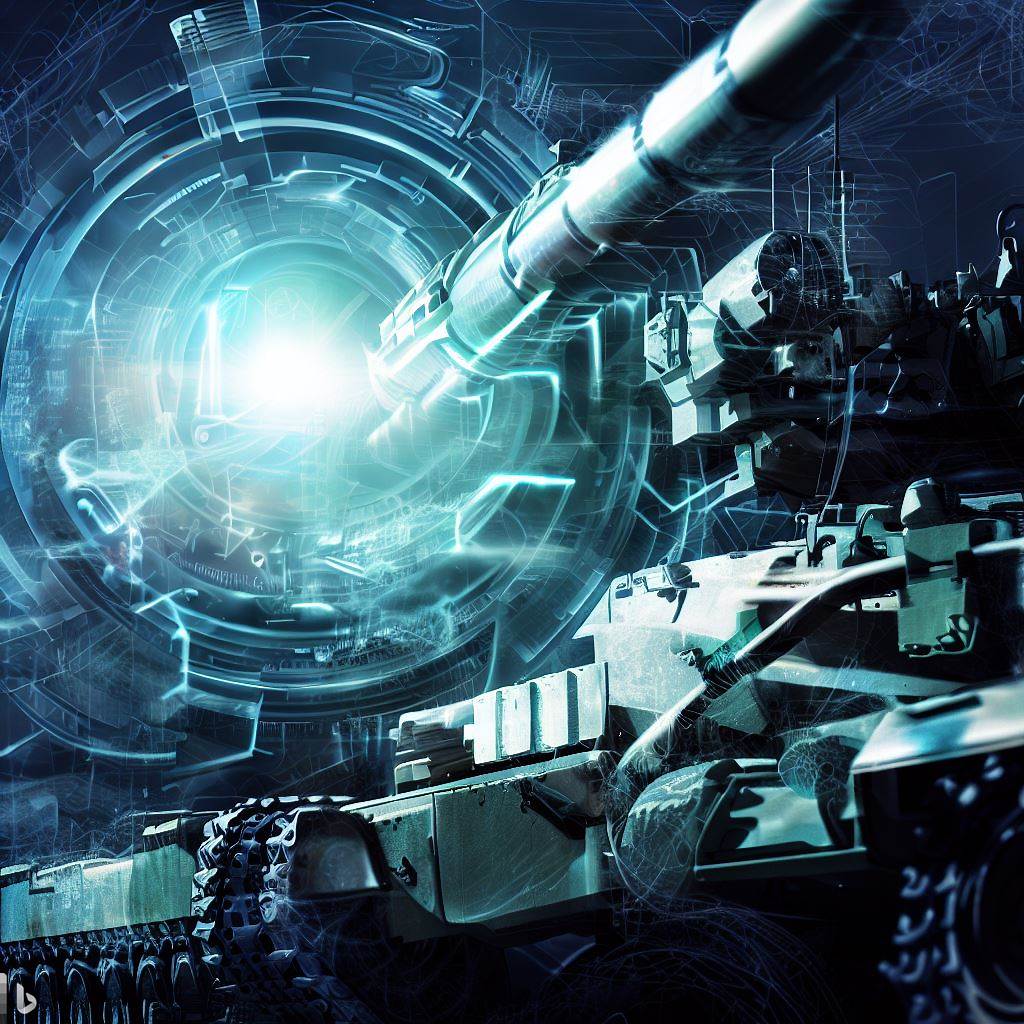
Cybersecurity and information warfare have become increasingly important areas of focus for national security in the modern era. With the rise of digital technology the internet and social media countries are now vulnerable to cyber attacks that can cause significant damage to their infrastructure and national security.
In addition information warfare has become a major concern as countries attempt to influence each other’s political processes and public opinion through the dissemination of false information and propaganda.
To address these challenges many countries have adopted various measures to enhance their cybersecurity and counter information warfare. Some of these measures include:
- Developing advanced encryption and cyber defense technologies to protect critical infrastructure and data from cyber attacks.
- Establishing dedicated agencies and departments to oversee cybersecurity and information warfare strategies and operations.
- Conducting regular simulations and exercises to test cyber defenses and incident response plans.
- Collaborating with other countries and international organizations to share best practices and intelligence on cyber threats and information warfare tactics.
As the world becomes increasingly interconnected through digital technology it is likely that cybersecurity and information warfare will continue to be major areas of focus for national security in the years to come.
Surveillance and Reconnaissance Technologies

Moving on from the previous subtopic of cybersecurity and information warfare we now delve into another crucial area of military technology: surveillance and reconnaissance technologies. These technologies have played a significant role in modern warfare enabling military forces to gather intelligence track enemy movements and gain advanced situational awareness. The development of these technologies has been driven by the need to gain an edge over the enemy by gathering information and using it to make informed decisions.
Surveillance and reconnaissance technologies have come a long way from traditional aerial and ground-based systems. Today military forces rely on an array of sophisticated technologies such as drones satellites and unmanned aerial vehicles (UAVs) to collect data from the battlefield. These technologies provide real-time information which is crucial for decision-making in rapidly changing battle conditions.
With the advancements in artificial intelligence and machine learning these systems can analyze vast amounts of data and identify patterns that could assist military strategists in developing effective tactics. The use of these technologies has also reduced the risk of human casualties as unmanned systems can perform missions that would have previously required human intervention.
Personal Protective Equipment and Gear
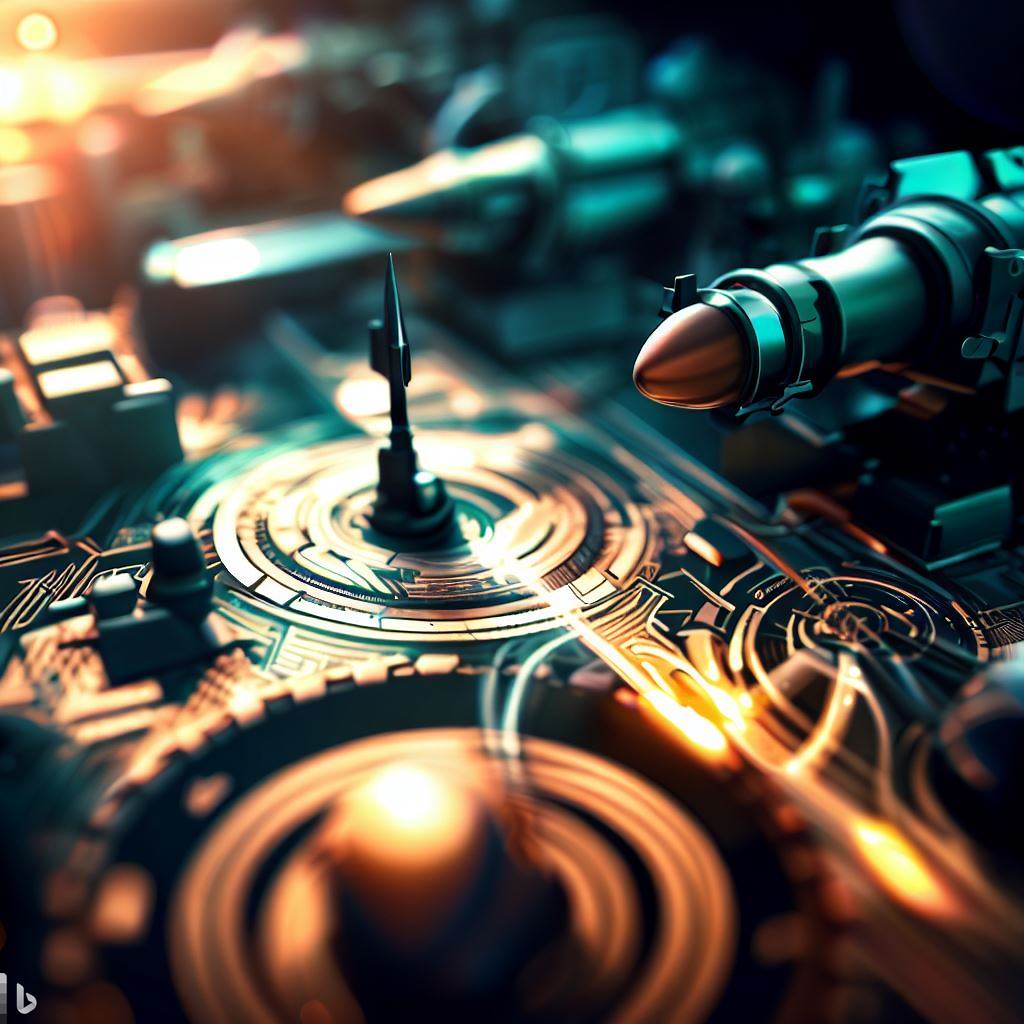
Personal Protective Equipment and Gear is a crucial aspect of modern warfare that aims to safeguard the lives of soldiers on the battlefield. This equipment is designed to protect soldiers from various threats such as ballistic chemical biological and radiological hazards.
Some of the most common types of personal protective equipment and gear include:
- Helmets designed to protect the head from ballistic threats such as bullets and shrapnel.
- Body armor designed to protect the torso from ballistic threats.
- Eye and ear protection essential for soldiers exposed to loud noises and bright flashes which can cause temporary or permanent damage.
- Gloves and boots designed to protect the hands and feet from cuts abrasions and other hazards.
- Gas masks designed to protect soldiers from chemical biological and radiological hazards.
Overall personal protective equipment and gear play a critical role in protecting soldiers from harm and ensuring their safety on the battlefield.
Communication and Command Systems
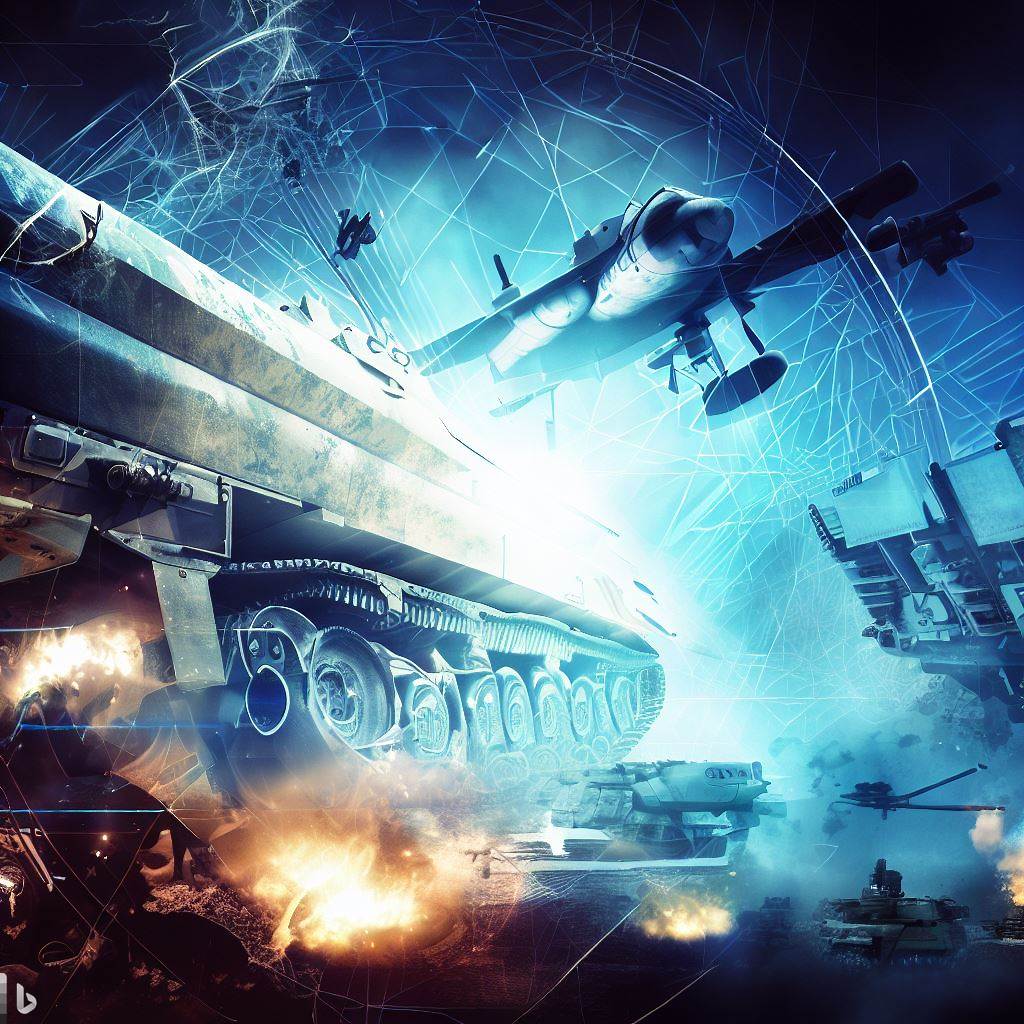
Moving from Personal Protective Equipment and Gear the importance of Communication and Command Systems remains indispensable in any military operation.
These systems allow for effective communication between units and commanders ensuring that each member is synchronized with the overall mission objectives.
Communication and Command Systems have evolved over the years from the use of simple radios to more advanced systems that incorporate GPS satellite communication and even artificial intelligence.
One significant aspect of Communication and Command Systems is the use of encrypted communication which ensures that sensitive information remains confidential and secure.
Additionally these systems provide real-time data allowing for quick decision-making during operations.
The use of unmanned aerial vehicles (UAVs) has also increased in recent years enabling military personnel to have an aerial view of the battlefield providing crucial intelligence and reconnaissance information.
Communication and Command Systems remain vital to the success of any military mission and the advancements in technology continue to enhance their efficiency and effectiveness.
- GPS technology integration
- Encrypted communication systems
- Unmanned aerial vehicles (UAVs)
Robotics and Autonomous Systems in the Military
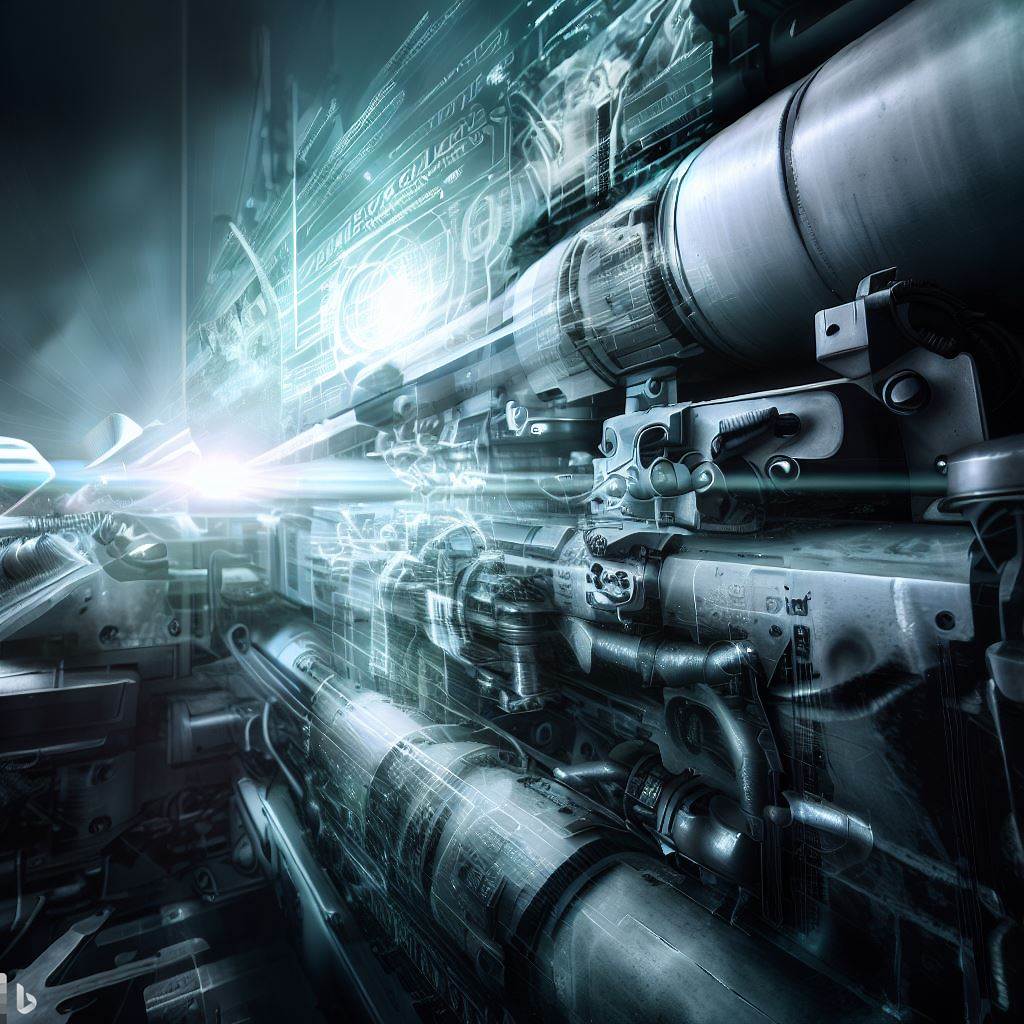
The integration of robotics and autonomous systems has revolutionized modern warfare enhancing the military’s ability to carry out missions with greater precision and efficiency. These systems have become increasingly prevalent in recent years with unmanned aerial vehicles (UAVs) and ground vehicles playing an essential role in many military operations. Robotics and autonomous systems offer several advantages including the ability to operate in hazardous and challenging environments where human personnel may be at risk.
One of the most significant benefits of robotics and autonomous systems is their ability to perform tasks that would be difficult or impossible for human operators. UAVs for example can provide real-time surveillance and reconnaissance detect enemy positions and deliver precision strikes with minimal collateral damage. Ground-based robots can also be used to clear mines and improvised explosive devices (IEDs) reducing the risk to human personnel.
As technology continues to advance the military is likely to rely increasingly on robotics and autonomous systems to carry out a broader range of missions from logistics and resupply to combat operations.